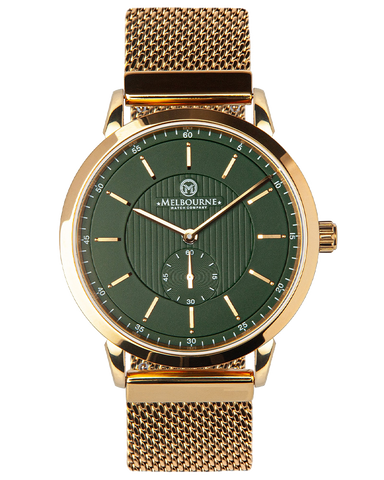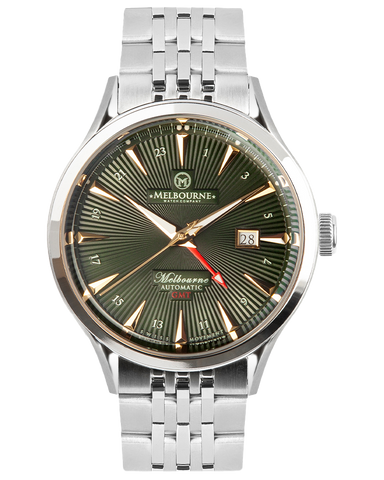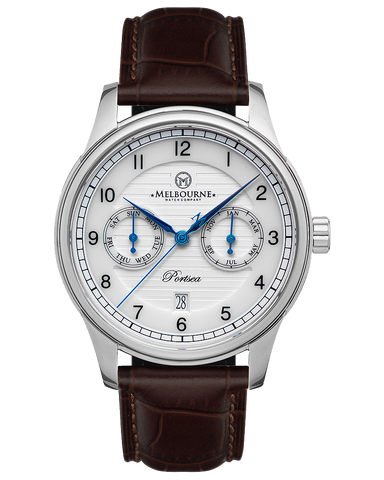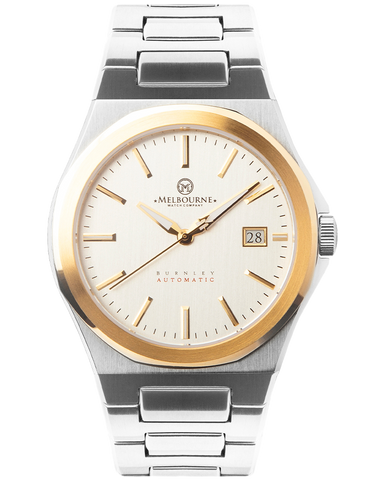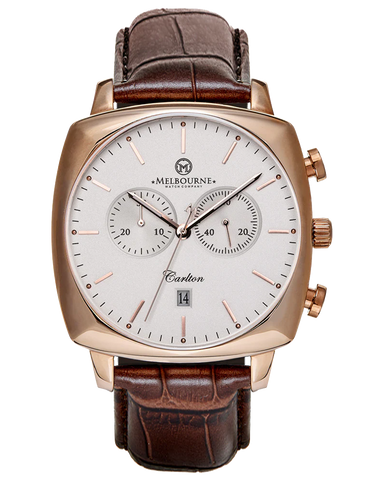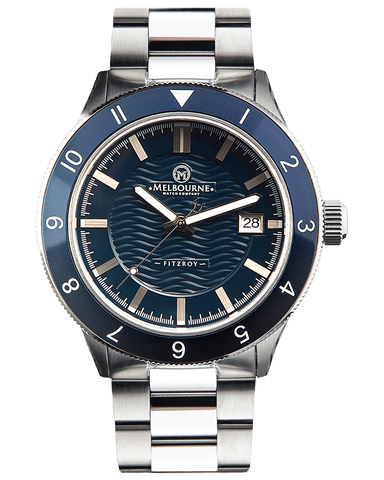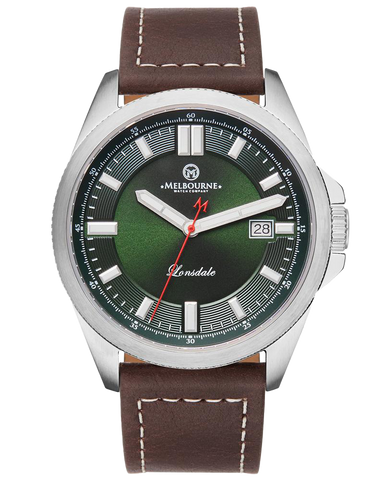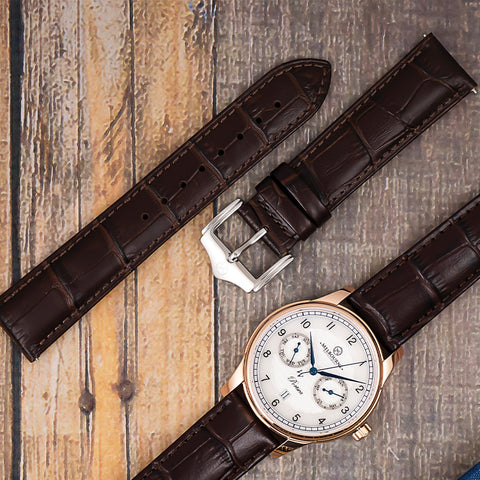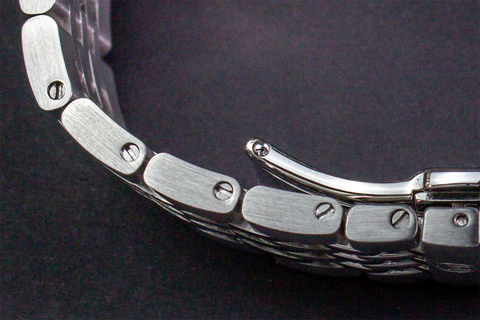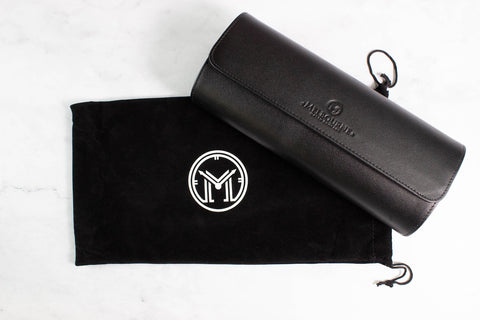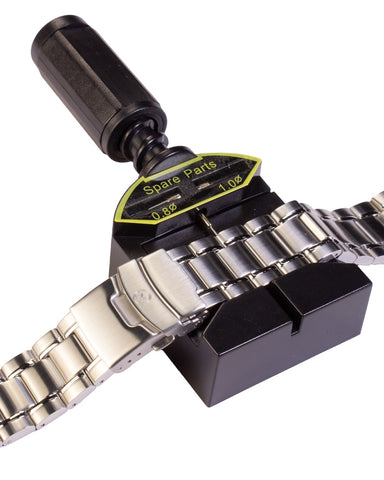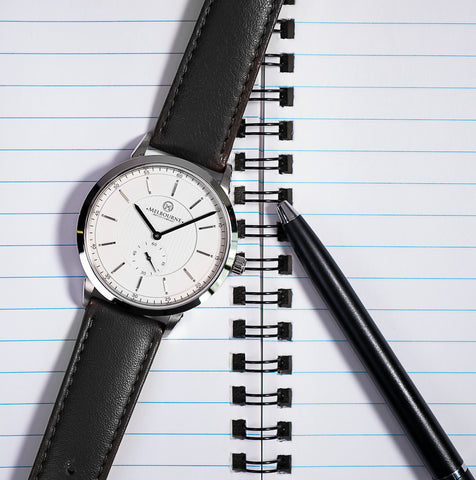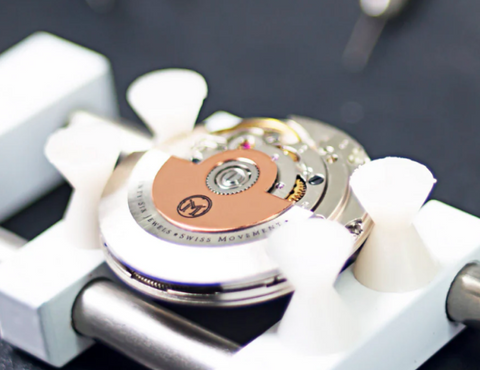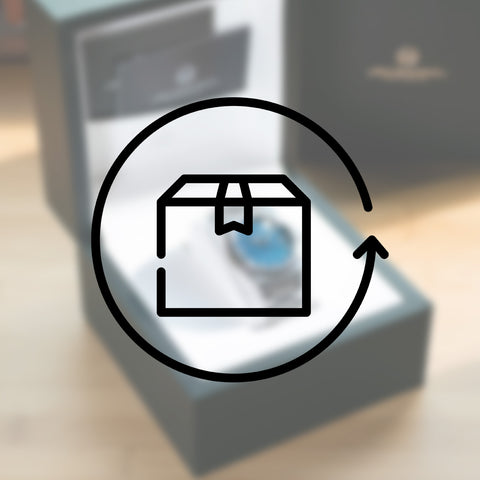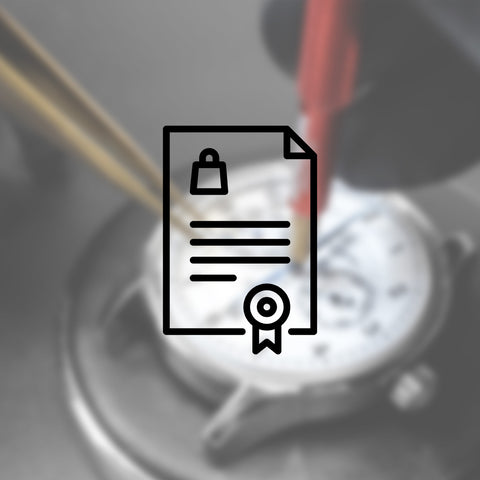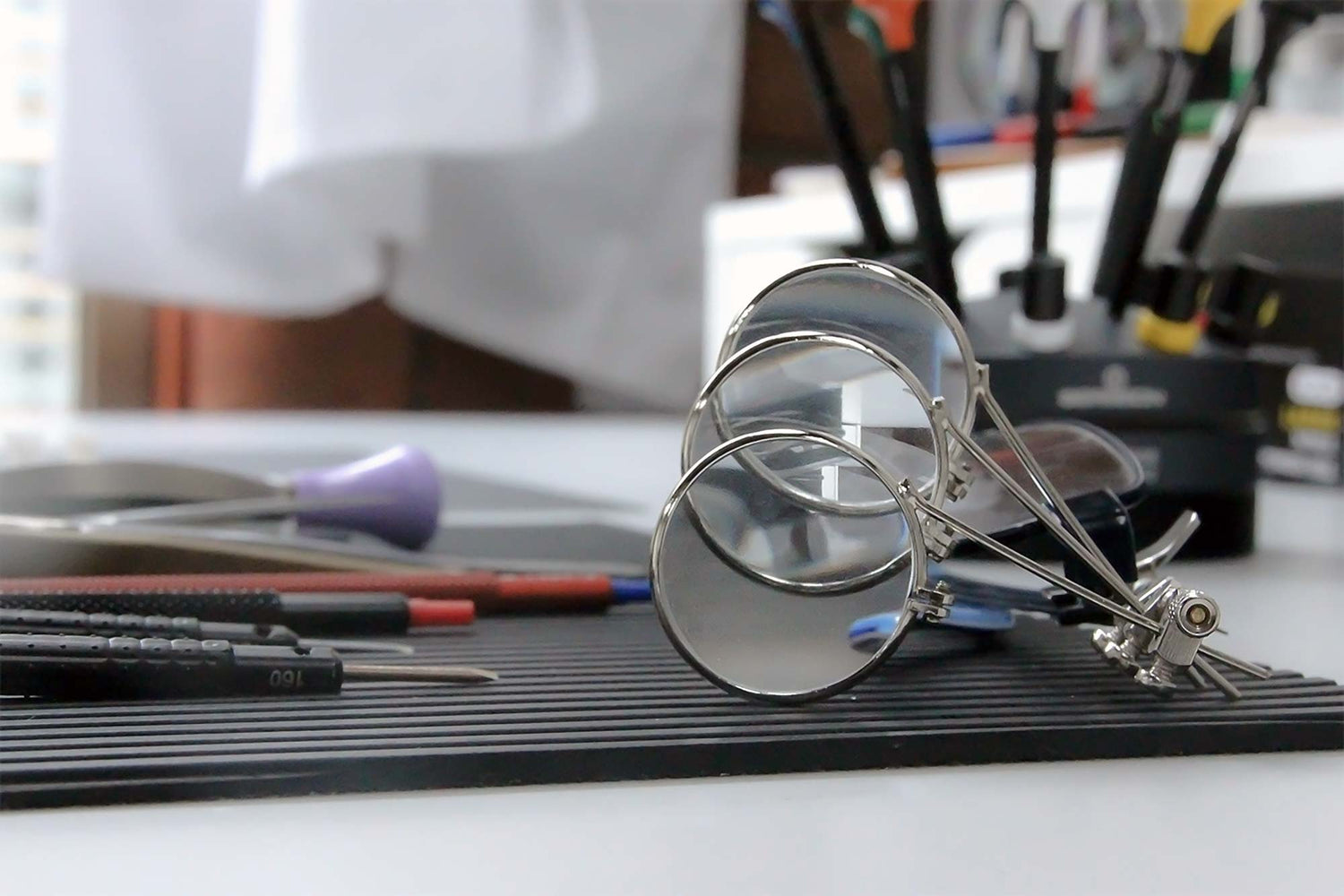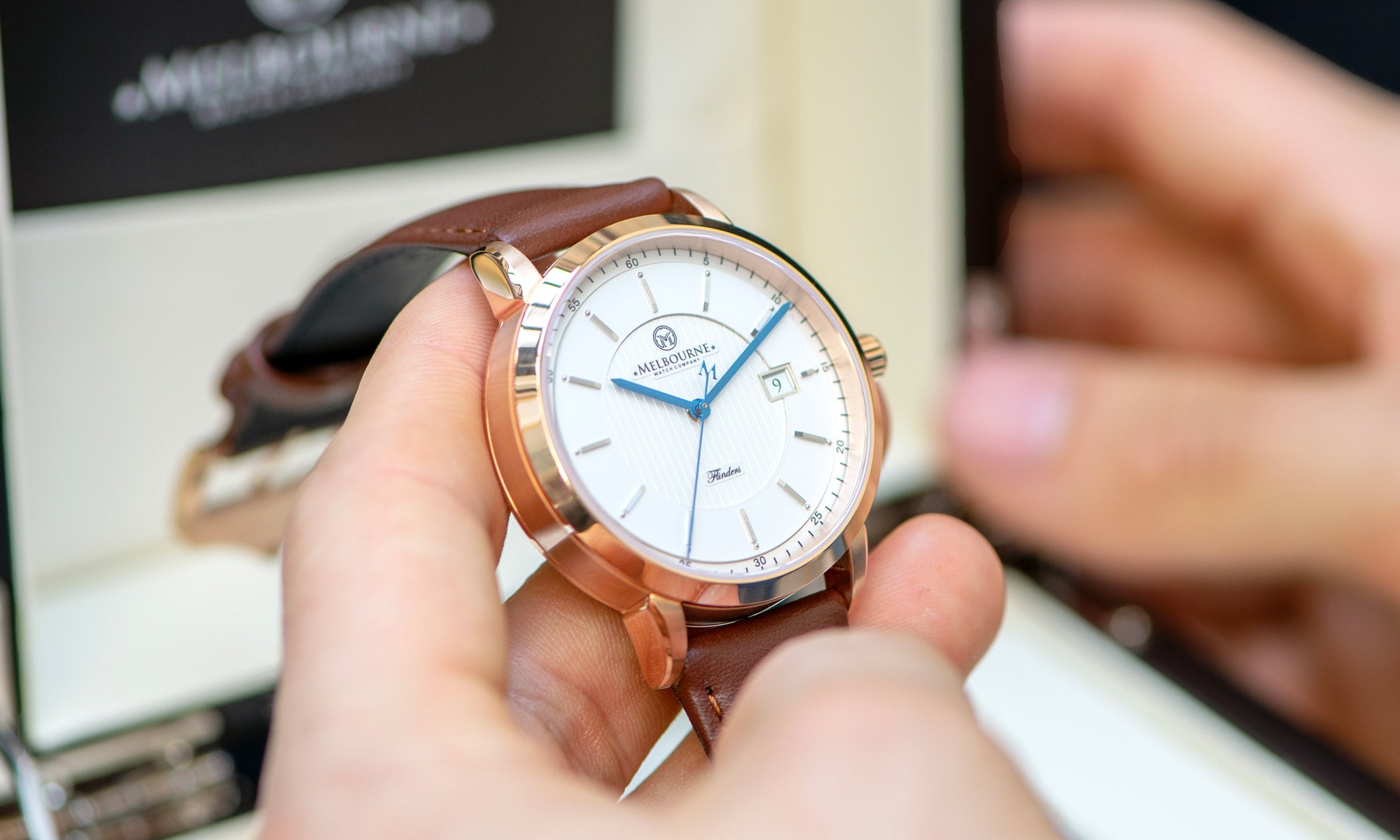Part of the duties performed by our team is handling customer support issues with our watches.
As some of our watches we sell are mechanical (which contain complex internal components), we have put together a couple of questions we often get asked by customers, which include some of the more common problems that we encounter as well as ways to avoid them.
What are some of the most common problems you see in support cases?
The big three would have to be magnetisation, water damage and gearing damage. These kinds of things usually stem from accidental user error and come down to a lack of understanding or misinformation regarding how watches (especially mechanical watches) work.

What is magnetisation?
Magnetisation is the effect of a mechanical watch encountering a strong magnet, usually a “rare earth” or Neodymium magnet. It causes the steel components in the watch to be charged with magnetic energy and can cause the watch to speed by many minutes per day (usually 5 or so, based on our experience). In rare cases, it can also cause the watch to slow down by a similar factor or cause the movement to seize up altogether.
What are some objects that can cause magnetisation?
There are many items on that list, but the most common culprits we see are usually smartphones and tablets, especially if they have a magnetic cover or case. iPads with Smart Covers, for instance, use rare earth magnets in both the tablet and cover. Sitting your watch on your tablet can cause magnetisation in a matter of minutes. Other devices include powered stereo speakers, computer hard drives and clock radios.
How can I check for magnetisation?
A simple compass is all you need to check if a watch is magnetised. Move it around the watch and if there’s magnetism, the compass will always point to the watch, regardless of where it’s placed. If you have an iPhone, you can also download an app by Lepsi which uses the phones magnetometer to check for magnetisation.
How is it fixed?
We use a device called a degausser or demagnetiser to cancel out the magnetic charge by delivering an electro-magnetic pulse to the watch. It only takes a couple of seconds and afterwards the watch is as good as new.

What is gearing damage?
Gearing damage is exactly what it sounds like; damage to the gears inside a mechanical watch. The movement inside a watch is made of small, delicate components which can be damaged if forced, like changing gears in a car without using the clutch.
What causes gearing damage?
The most common cause we see for gearing damage is using the quick-set function for the day or date during the period where it is automatically advancing. Although it only takes a matter of minutes for the day/date to change, the gears for this are engaged well before any change is seen and aren’t disengaged for up to an hour after the changeover has completed. Manually changing the calendar functions during this period forces the gears and can result in a misaligned date and/or damage to the quick-set function. In some cases, it can even stop the calendar from functioning altogether.
How can gearing damage be avoided?
Gearing damage is best avoided by taking care and understanding that a mechanical watch is a precisely crafted engine. When quick-setting the day and date, the advice is to never engage the quick set function between 10pm and 3am. All movements vary, but keeping any adjustments to times outside this window is the best way to avoid damage.

How does water resistance work?
Water resistance (WR) ratings are based on tests usually conducted by immersing the watch in a sealed container and increasing the pressure to emulate various depths below sea level. One atmosphere (ATM) of pressure is equivalent to roughly 10 metres below sea level, so a 20ATM water resistant watch can be marked as “WR 200m.”
The important thing to remember is these tests are static, meaning the watch and testing container are both still. More pressure is added with movement, like swimming through or diving into water. As such, a 100m water resistant watch should never actually be taken 100 metres below sea level.
How water resistant is my watch?
This is a hotly debated topic and everyone has their own stance. As far as we’re concerned, anything under 10ATM of water resistance should never be worn when swimming. 10ATM is fine for a light surface swim, but if we were to go snorkelling or diving, we would only take a watch with a screw-down crown.
How can water damage be avoided?
There are a lot of factors which contribute to a watch’s water resistance. Relative pressure has the biggest effect, so it’s important to remember that when doing things like poolside diving or water sports, the pressure around your watch can be much higher than 10ATM. Even for a split second, that can be enough to cause damage.
Additionally, age and salt from seawater can cause deterioration of seals and gaskets over time. If you do wear your watch in water, It’s important to have your watch checked every so often to make sure the seals are still on good order and properly lubricated. How often you’ll need your watch checked depends on your lifestyle, but you can always contact us if you’re unsure.
If you do a lot of surfing or diving, it’s Important to clean your watch under fresh water after each time it’s worn in saltwater. If you have a watch with a screw-down or locking crown, always make sure the screw or lock is fully engaged before heading into water, as leaving the crown open means the seal isn’t engaged and water will easily get in.
Lastly, it’s not a good idea to ever shower or bathe with your watch on. Water resistance tests are normally conducted using room temperature water, so results tend to vary greatly in hot or cold water as the seals can expand or contract, respectively. Steam can also cause damage to watches regardless of their WR rating as it’s able to slip around seals without putting pressure on them.

